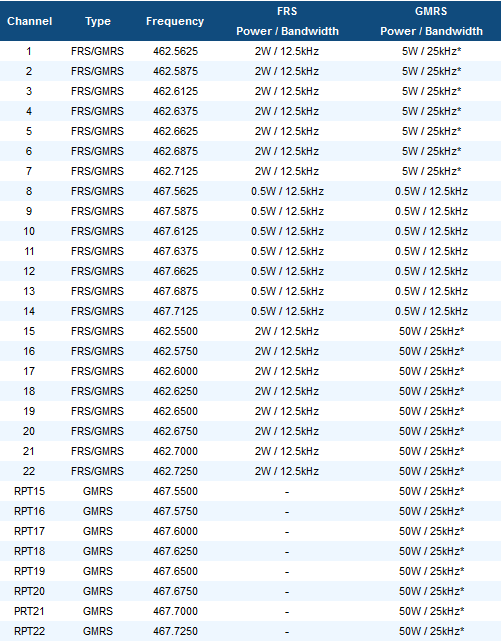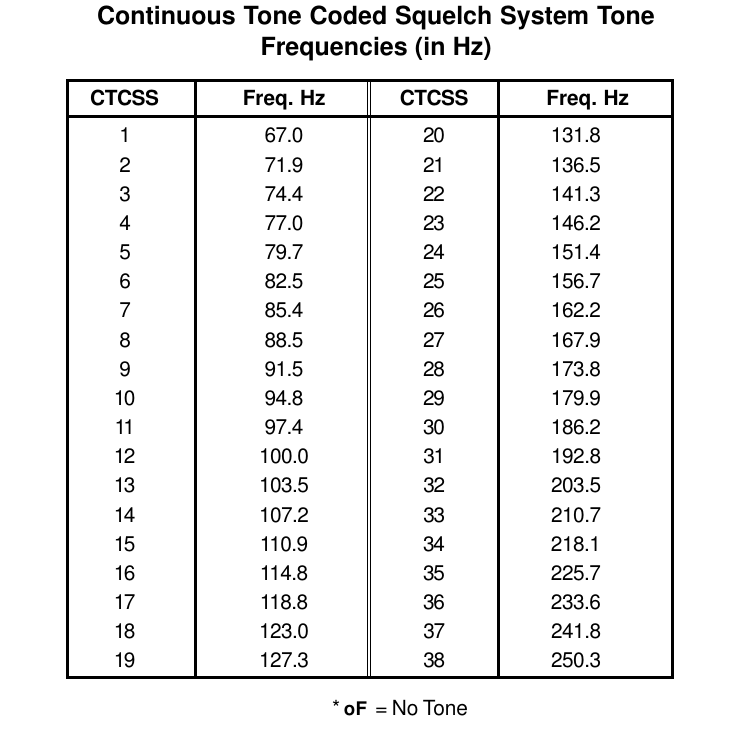
November 11, 2020
The most important gear...
When you talk to avalanche safety experts, such as Duncan Lee who teaches avalanche safety classes for the Sierra Avalanche Center (SAC), you will quickly learn that you need to "Get the Gear" before you go. Before you go, make sure you have a current avalanche transceiver (beacon), a probe, a shovel, an avalanche airbag, ...and know how to use them. To learn more, check out Duncan's Let's Ride video series on YouTube, particularly Ep:31 Avalanche Awareness "Get the Gear". And, if you haven't already, go to SierraAvalancheCenter.org, click their Education tab, and take their sequence of Avalanche Safety classes before you go in the backcountry. COVID shutdowns affected the SAC considerably. Consider paying for your "free" $500 class or making a sizable donation to help them continue to bring Avalanche Forecasts and Avalanche Safety Classes to the High Sierra.
Why radio communication...?
The need for maintaining radio communication with your group seems fairly obvious. Whether ensuring that your group is on the same page about your destination, or warning someone at the back of your group of an upcoming hazard, or communicating that you are having mechanical issues, being able to communicate effectively is essential. Though you are often within line of site of one another, there are times when the front of the group rounds a corner and loses site of the rear of the group. And there are times that a larger group will split into smaller groups of 2- 4 according to riding ability or terrain interest and still need to communicate with each other. There are countless additional examples of when having radio communication is necessary. Though I am not an expert, I would like to share some of my thoughts on this matter. Do what you wish with this information, keeping in mind, this is not intended as professional expertise or advise. Do your own due diligence and research and do not rely on my thoughts shared in this article.
Common radio channels...
No matter where you backcountry, you can usually find someone on the radio channel 4-20. It is also common practice to use the channel equivalent to the area code of where you are. For instance, in Tahoe-Truckee, you can find others on channel 5-30. Of course, many groups choose to use other channels to avoid chatter when communicating with their group. And these other channels are important to be aware of in case you need to reach out for additional assistance. As for the Lake Tahoe Snowmobilers, when we ride, we use 5-30 so we know that we can find other Lake Tahoe Snowmobilers members. If you're not a member yet, go to LakeTahoeSnowmobilers.com and click the red JOIN button. It's only $25 and helps provide safety education, this page, our Beacon Park for practicing avalanche skills, helps with stewardship of our public lands, and helps us build positive relationships with other backcountry users.
Communicating between different radios...
All handheld radios communicate using what are called FRS/GMRS frequencies. On the table below, you will see the Channel in the first column and the matching Frequency in the third column.

If you are using a Baofeng radio, you can research how to download the channels to your radio. Or, you can switch to "frequency mode" and manually change the frequency to match the channel you are wanting to communicate on. For instance, if using Channel 4 for 4-20, you would enter frequency 462.637 (there might not be a fourth digit slot for the 5 and that is ok). If using Channel 5 for 5-30, you would enter frequency 462.662.
Note: Channels that use FRS do not require an FCC license. See FCC.gov Rule 47 C.F.R, Part 95. Some radios might not have Part 95 certification, such as some Baofeng, so it may or may not be technically legal to operate them on FRS frequencies. Part 97 describes use as amateur radio operators. Use at your own risk. Here is a nice video discussing this topic.
One option if you would to buy these types of radios preprogrammed for you would be to check out these Ride 208 radios.
But what about the 20 in 4-20...?
The 20 in 4-20 and the 30 in 5-30 are known as subchannels or privacy codes.

If using a Baofeng radio, you will need to go to your menu to change your subchannel (CTCSS). Press your menu button, then the up arrow until you see r-CTCSS (r for receive). If using 5-30, change r-CTCSS to 179.9. You'll also need to press your menu button then up arrow again until you see t-CTCSS (t for transmit) and also change that to 179.9 for 5-30. If using 4-20, they would both need to be changed to 127.3. Don't forget to "lock" your radio to prevent accidentally changing channels.
But what if I have a BCA BC Link 2.0 radio...?
The BCA BC Link 2.0 radio has a dial with preset channels labeled as A-F. Below are the corresponding channels associated with BCA:
A Channel 1 privacy code off
B Channel 5 privacy code 10
C Channel 4 privacy code 20
D Channel 8 privacy code 10
E Channel 9 privacy code 11
F Channel 20 privacy code off
You can press the menu button once and move up and down to change the channel. When you press the menu button twice, you can move up and down to change the subchannel / privacy code. Don't forget to lock your base unit so that the channels don't accidentally get reprogrammed.
What about other radios...?
With a Mountain Lab radio or an Oxbow radio, you can easily switch channels and privacy codes without having to enter the frequency or mess with the CTCSS. Here is a short video showing how to change channels in a very simple manner.
What else...?
Your handheld radio can also be used to listen to local emergency channels. For instance, you can listen to the U.S. Forest Service, highway patrol, sheriff, fire, and the national weather service. You'll want to do an internet search for these channels and subchannels for your area. One resource for finding these is RadioReference.com. Be sure not to transmit on these frequencies, as they are for emergency personnel and require an FCC license to transmit over.
And the disclaimer...
I am not professing to be an expert, nor is anything written in this article to be taken as professional or legal advice. I am simply sharing my thoughts regarding this topic. I, Todd M. Wold, Ed.D., and the Lake Tahoe Snowmobilers, are not to be held liable or responsible for the proper use of, the lack of use of, or the improper use of any of the thoughts shared in this article.
About the author...
I have my masters degree in Education and doctorate in Educational Leadership. And I have worked with youth for over thirty years. I am a former Search and Rescue member of the Hasty Team, Snowmobile Communications Team, and Dive Team as well as Reserve Deputy for Ravalli County, Montana. I am an avid backcountry user year-round as a fly fisherman, hiker, kayaker, hunter, snowshoer, skier, dirtbiker, and snowmobiler. I am passionate about safety education, investing in our youth and getting them safely in the backcountry, and teaching them and others about responsible stewardship of our public lands and positive interactions with other users.
I selected the topic of radios for this article because I have found this topic confusing and thought it might improve the backcountry experience for others. But I repeat, I am not an expert. Please do your due diligence before you go in the backcountry and do not rely on this article for your own safety or as legal advice.
My hopes are that all backcountry users will have meaningful yet safe experiences in the backcountry, positive interactions with other users of our public lands, and have a stewardship mindset of our public lands so our children and our children's children can have the same opportunities that we had.
If you support this mission, consider following the work of Jon Miller at the Backcountry United Foundation. You can find his articles in the Updates tab under News.
Advanced programming...
This article was intended to be a simplistic introduction to connecting your radio to others in your group. You might consider more advanced programming of your radios. For instance, here is a video for Programming your Baofeng. Here is another video for Programming your BCA 2.0.
Final thoughts...
I think we all can agree that this winter of 2020/2021 will see a stark increase in backcountry users of all types, impacting small mountain communities. Please be safe out there, do your due diligence, get the proper gear, equipment, and training, and join and become actively involved in your local clubs and the clubs in those communities where you access the backcountry. Let's all agree to do our part and not put extra and unnecessary burden on small mountain communities, their emergency personnel, and their local hospitals.
If you would like to send a word of support, feel free to email me at woldllc@gmail.com. If you would like to support the cause, consider donating to the Sierra Avalanche Center, the Lake Tahoe Snowmobilers, and your local club.
Thank you.
Todd M. Wold, Ed.D.
Active member of the Lake Tahoe Snowmobilers
Click here for a .pdf version of this article.